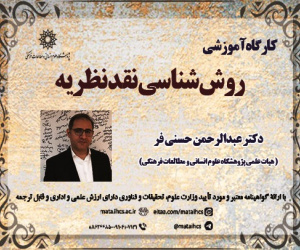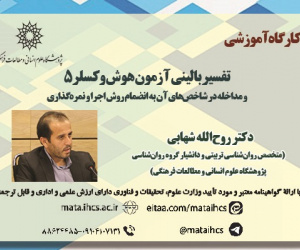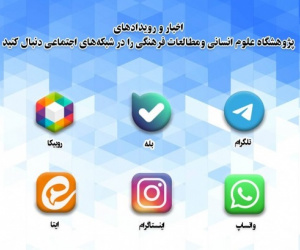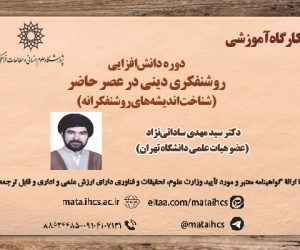رابطه هوش هیجانی و خلاقیت در دانش آموزان ابتدایی شهر سنندج
آرشیو
چکیده
با توجه به اهمیت مقطه ابتدایی که مهم ترین مقطع در آموزش و پرورش می باشد به همین لحاظ جامعه هدف در این پژوهش دانش آموزان ابتدایی دوره دوم شهر سنندج انتخاب گردیدند و به لحاظ اهمیت دو مولفه خلاقیت و هوش هیجانی هم انتخاب گردیده شد. تحقیق حاضر از لحاظ هدف کاربردی و به لحاظ روش گردآوری داده ها، توصیفی از نوع همبستگی است. همچنین در این پژوهش از شیوه پیمایشی نیز برای گردآوری داده ها استفاده شده است. جامعه آماری این پژوهش شامل کلیه دانش آموزان ابتدایی شهر سنندج میباشد. حجم نمونه در این پژوهش بر اساس فرمول تعیین حجم نمونه کوکران برابر با 371 نفر بود. روش نمونه گیری در این پژوهش به صورت خوشه ای مرحله ای بود. پرسشنامه سنجش خلاقیت که به آزمون سنجش خلاقیت عابدی مشهور است که دراین تحقیق استفاده گردید و همچنین برای هوش هیجانی از پرسشنامه هوش هیجانی بار-آن تجزیه و تحلیل دادهها با استفاده از نرم افزار SPSS26 صورت گرفت. پژوهش نشان داد که میزان پایایی مقیاس خلاقیت در بین دانش آموزان مقطع ابتدایی دوره دوم شهر سنندج برابر با 76/0(معادل 0/76درصد) است. بنابراین، پرسشنامه خلاقیت در بین دانش آموزان مقطع ابتدایی دوره دوم در پژوهش حاضر از پایایی مناسبی برخوردار بوده است. همچنین پژوهش نشان داد که که میزان پایایی مقیاس هوش هیجانی در بین دانش آموزان مقطع ابتدایی دوره دوم برابر با81/0(معادل 0/81 درصد) است. بنابراین، پرسشنامه هوش هیجانی در بین دانش آموزان مقطع ابتدایی دوره دوم شهر سنندج در پژوهش حاضر از پایایی مناسبی برخوردار بوده است.The connection between emotional intelligence and creativity among elementary school children in sanandaj city
The primary stage is the most crucial period of schooling. As a result, the target group for this research was chosen from second-grade primary pupils in the city of Sanandaj, with an emphasis on the significance of two components: emotional intelligence and creativity. This study applies a correlational strategy for data collection. Additionally, we employed a survey approach to gather data for this study. The statistical population of this study includes all primary school kids in the city of Sanandaj. Using the Cochran sample size calculation, the sample size for this investigation was calculated to be 371 persons. In this investigation, the sample method used was multi-stage cluster sampling. We used the Abedi Creativity Test, a questionnaire that measures creativity, in this study. The Bar-On Emotional Intelligence Questionnaire, which measures emotional intelligence, was also employed. SPSS26 software was used to analyse the data. According to the research, the creativity scale is 76% reliable among second-grade primary school pupils in the city of Sanandaj. As a result, the creativity questionnaire used in this study of second-grade primary school pupils has a sufficient level of dependability. Furthermore, the research demonstrated that the emotional intelligence measure is 0.81 (equal to 81%) reliable when used with second-grade primary school pupils. As a result, the emotional intelligence questionnaire used in this study, which was administered to second-grade primary school pupils in the city of Sanandaj, has sufficient reliability.







